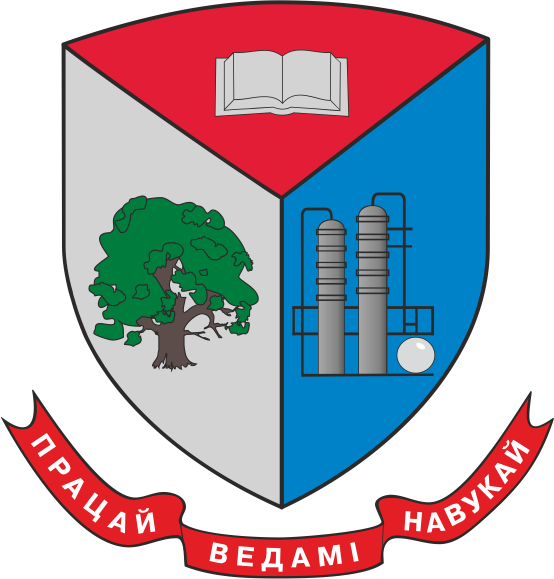Chemical reactions and physical alterations take place in the tile body and glaze during the process of firing. The result of this influences the properties of the product. At this point a tile acquires the mechanical characteristics determining its performance as facing material.
This is the final stage of the technological process. The firing takes place in gas-fired slot type roller-hearth kilns for 35-60 minutes. The process consists of three stages: maximum temperature heatup, exposure to high temperatures, cooling.
For single-fired tiles raw moulded body is coated with glaze before firing. We use this method for glazed porcelain gres and floor ceramic tiles production.
To create tiles for interior facing works we use double-firing method. First the tile body is fired. After that the surface is being coated with engobe and glaze, decorated and fired again. Tile body is fired at 1100˚С, the glaze is fired at 1020-1050˚С. Firing lasts for at least 40 minutes.
Multiple firing allows to enrich our products’ design solution variety. This very technology makes it possible to decorate tiles with gold, platinum, metallized glaze, luster and vitrosas.
Decorative elements such as borders, panels and listels are made of ready tiles. Images are transferred using screen printing technology; surface is decorated with vitrosas and other materials. After that, tiles are fired and cut into piece-goods when it comes to listels and borders production.


